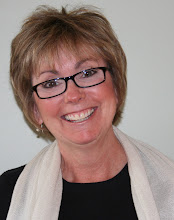
Secret Agents in the service of Her Majesty?
Nope...writing teachers in the service of their school district.
AGENTS of CHANGE
It was our charge this year as an Elementary Writing Advisory Team to take steps toward the development of a district-wide Framework for Assessment to align with our Units of Study at each grade level; K-5. Just prior to and through the process, our district adopted several initiatives. These included a move toward National Standards in Math and English Language Arts, Partnership for 21st Century Skills, Charlotte Danielson's Framework for Teaching, and Seven Strategies of Assessment for Learning. And through the process, we also had to learn about and have professional conversations on the topics of summative and formative assessment, responsive assessment and grading. Our book study, What Student Writing Teaches Us from Mark Overmeyer, lead us into serious discussions on rubrics; their applications and development. Finally, we started to look down the road instead of right in front of us and composed skills that we wanted our students to know and be able to implement into their writing by grade level. This comprehensive list will now serve as a guide for the team in the development of the Framework during our summer work. I didn't even include the discussions surrounding the pilot and roll-out or the technology integration that we focused on!
What does all this covert action have in common with Agents of Change? Everything.
To be a change agent in schools, teachers need to have an active roll in the design and implementation of the process or product being changed. In this case, an assessment framework for writing. They need to be equipped with knowledge and supported with skills. They need to develop and maintain positive, professional relationships with their peers. And, they need to see beyond the "excuses" and believe in the change themselves.
I couldn't be more proud of the work that this team of agents...I mean, teachers...put forth. Certainly, their expertise will support and maintain a change in our assessment of writing to the benefit of our students.








